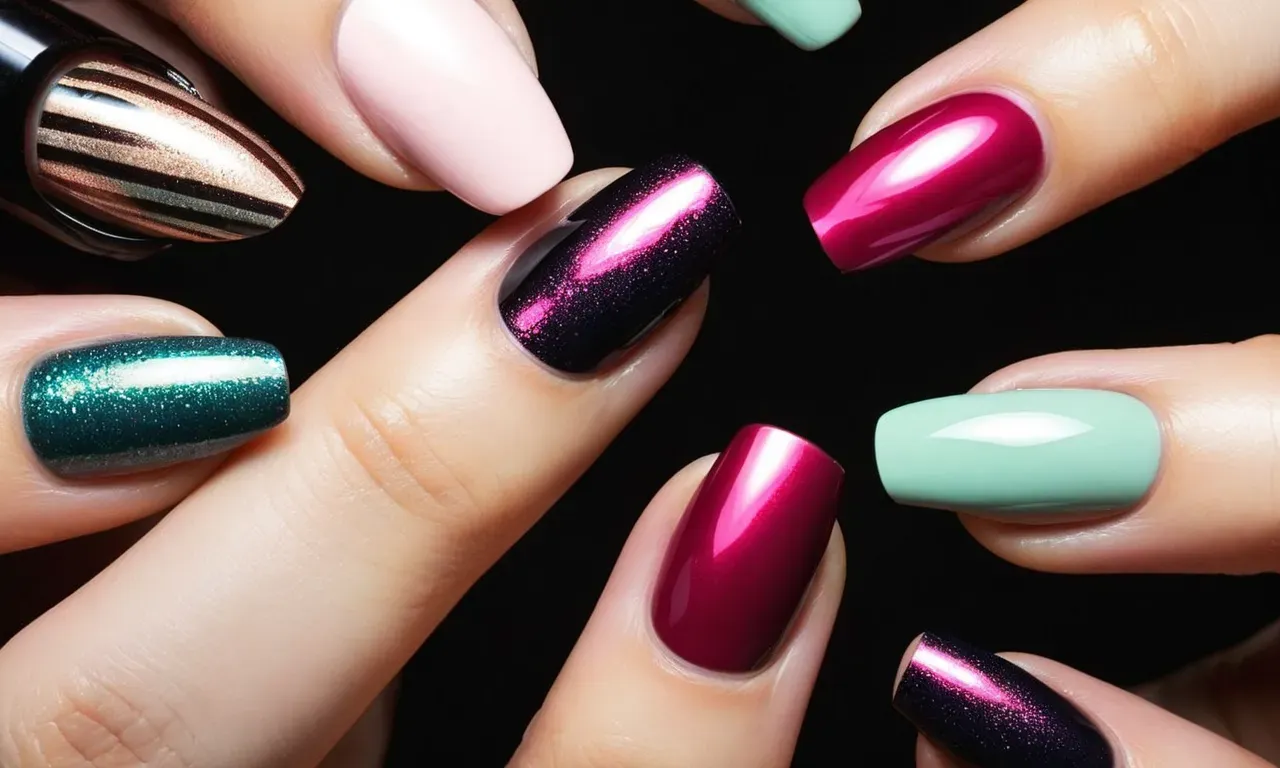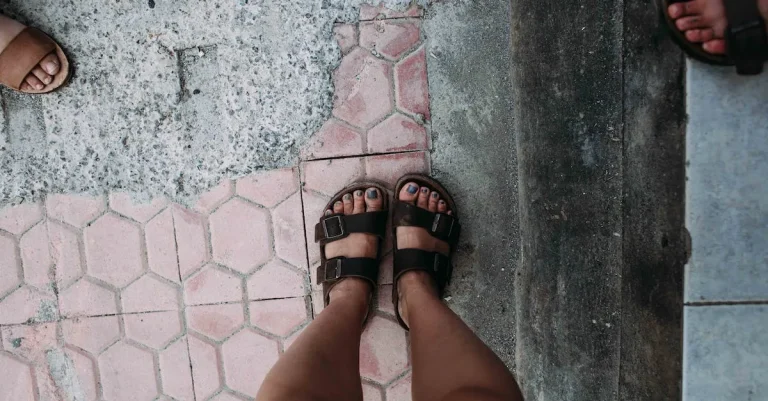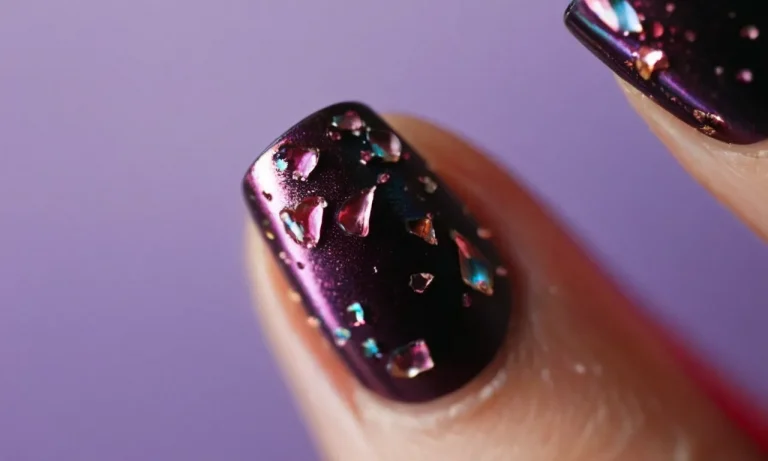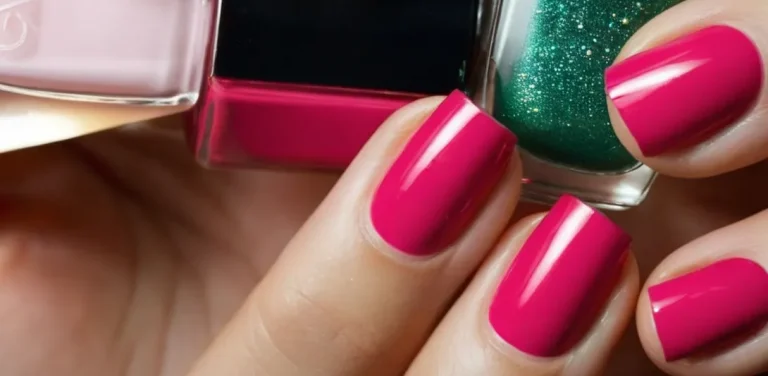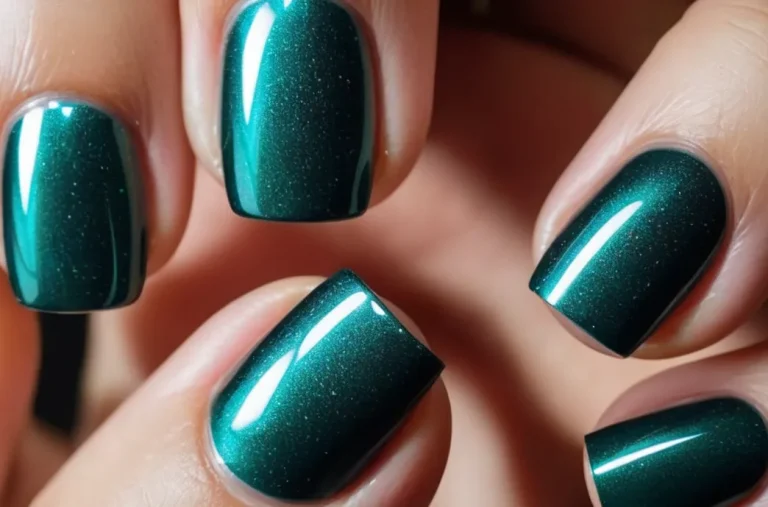How Many Coats Of Nail Polish Should You Apply?
If you’ve ever painted your nails, you know that applying nail polish can sometimes be tricky. You want a smooth, even, and long-lasting manicure. But how many coats of nail polish do you really need?
If you’re short on time, here’s a quick answer to your question: 2-3 thin coats are ideal for most nail polishes to get good coverage and durability.
In this comprehensive guide, we’ll go over everything you need to know about how many coats of nail polish you should apply to get a perfect manicure.
Why Multiple Thin Coats Are Better Than 1 Thick Coat
More Even Coverage
Applying multiple thin coats of nail polish leads to a more even application across the nail. With just one thick coat, you may end up with uneven polish that is thicker in some spots and thinner in others. The nail polish may pool at the cuticles and tip of the nail.
Multiple thin coats allow you to layer the polish evenly across the entire nail surface for flawless coverage.
Allows Each Coat to Dry Properly
If you apply nail polish too thickly, it can take a long time to dry, increasing the chance of smudges. By keeping each coat thin, you allow adequate drying time between coats. This prevents smearing or denting while applying the next layer.
Most nail polishes need 2-3 minutes of drying time between coats for best results.
Reduces Risk of Smudges and Bubbles
Applying polish too thickly also raises the risk of smudges and bubbles forming in the polish. Multiple thin coats are less likely to smudge or bubble compared to one thick coat. The thinner layers dry smooth and even. Bubbles are minimized because each layer has time to dry before adding more polish.
Enhances Color and Shine
Using multiple thin coats allows for better color payoff. The first coat acts as a base to help the color pop. The second and third coats build up the color to its full vibrancy. With just one thick coat, the color may appear dull or washed out.
The multiple layers also create more shine and gloss on the nail for an eye-catching manicure.
How Many Coats for Different Nail Polish Types
Regular Cremes: 2-3 Coats
When using regular creme nail polishes, 2-3 coats are usually sufficient for full opacity and coverage. The first coat acts as the base and helps the polish adhere to the nail. The second coat evens out the color, and a third coat can help make it last longer without chipping.
Any more than 3 coats runs the risk of getting too thick and gloopy.
Sheers and Jellies: 3-5 Coats
For sheer and jelly nail polishes that allow the nail underneath to show through, more coats are needed. Start with 2-3 thin coats to build up the color gradually. Then evaluate if you want it more opaque and add 1-2 additional sheer layers as desired.
Up to 5 coats can look amazing with these translucent polishes. Just be careful not to go overboard or it can get too gummy.
Glitters: 3-4 Coats
Glitter polishes add sparkle and shine but often need multiple coats to get the look you want. Apply 2 coats of a base color first for adherence and vibrancy. Then add 1-2 coats of glitter polish, allowing each coat to dry first, so the glitters lay right on top of each other for maximum sparkle.
If the glitters are sparse, a 4th coat may be useful to get full glittery coverage.
Neons: 3-4 Coats
For bright, eye-catching neons, a white base coat is recommended first to help the shades pop. Then apply 2-3 coats of the neon shade for opacity. Neons tend to be on the shear side, so don’t be afraid to do 3 or even 4 coats for an electric effect.
Just make sure to let each layer dry thoroughly first for best results with these fun polishes.
Tips for Applying Multiple Coats
Let Each Coat Dry Thoroughly
One of the most common mistakes when applying multiple coats of nail polish is not letting each coat dry completely before adding the next. This can lead to bubbling, smudging, and an uneven finish. Be patient and allow each layer to dry for at least 10-15 minutes before moving on.
Consider using a quick dry top coat or nail polish drying spray between layers to speed up the process. Your nails will thank you for taking the time to let them dry properly.
Wrap Nail Tips with Each Pass
When painting multiple coats, it’s important to wrap the tips of your nails with each pass of polish. Many people only paint the top of the nail, leaving the tips bare. This not only looks messy, but it leads to chips and peeling.
Get in the habit of running the brush over the edge of your nails with each coat. This seals the polish to the nail and prevents cracking and flaking at the tips. An angled nail brush can help you easily maneuver around the edges. Take your time and don’t forget those tips!
Use Thin Coats
Thick, gloppy coats of nail polish never dry properly and end up looking clumpy. For a flawless multi-coat manicure, apply thin and even layers. Let the brush lightly skim the surface of the nail instead of overloading it. Thin coats dry faster too.
According to nail care experts, 2-3 thin coats provide full coverage and a glossy finish. Any more is usually excessive. So resist the urge to cake it on and remember – less is more when it comes to the thickness of your polish!
Don’t Forget Top Coat
Once you’ve built up to your desired number of color coats, it’s crucial to finish off with a top coat. Top coat creates a smooth and shiny seal to lock in your color. Without it, nails can look dull and streaky. It also acts like a forcefield against chips and scratches.
Apply top coat generously over your completed manicure and wrap the tips just like you did with the color coats. Let it dry then apply another layer of top coat for extreme stay-put power. Your perfectly polished nails will last over a week with the help of a quality top coat.
When You May Need Extra Coats
If Polish is Sheer or Thin
Some nail polishes have very thin and watery formulas that result in sheer or uneven coverage, even after multiple coats. For example, pastel shades tend to be more transparent. According to Sally Beauty’s nail expert, if your nail polish is too thin or sheer even after 2-3 coats, it’s best to try a different brand or formula that offers better opacity.
Over Stained/Discolored Nails
Trying to cover up yellowed nails or dark stains? You’ll likely need 2-3 extra layers of nail polish for full coverage. Otherwise, the discoloration can still show through. An optional tip from nail care website DRails is to first apply a layer of base coat containing whitening ingredients, which helps neutralize stains.
For Full Glitter Coverage
Glitter polishes tend to be more transparent in order to let the sparkle shine through. But if you want a super sparkly frosted look, you’ll need to apply multiple layers – sometimes up to 5 or 6 coats! The Spruce Beauty recommends allowing each glitter coat to dry first before adding the next.
This helps prevent clumping.
To Reduce Chipping on Toes
Compared to fingernails, toenails often need extra layers of polish for added protection and longevity. The skin on toes and feet tends to be thicker and drier. According to nail care brand Deborah Lippmann, the extra layers essentially create a thicker layer of polish that is more resistant to cracking and chipping.
So next time you paint your toes, go ahead and add an extra coat or two. Your pretty pedicure will last that much longer!
When 1-2 Coats May Be Enough
With Thick Formulas
If you are using a nail polish with a thicker, more opaque formula, you may only need one or two coats for full coverage and color payoff. Many gel polish and long-wearing polish formulas are designed to be ultra pigmented, meaning the color is rich and opaque in just one swipe.
Similarly, glitters and shimmers may only require a coat or two since the sparkly bits help hide the nail underneath. When using a thicker polish formula, apply one coat first and evaluate whether a second coat is needed to get your desired look.
Oftentimes one thick coat is sufficient for an eye-catching mani.
If You Want a Sheer Look
While multiple coats typically create a bolder, more opaque finish, sometimes a subtle, sheer wash of color is the desired look. For example, light pastel shades or nude polishes are meant to enhance the natural nail color rather than mask it. French manicure tips also need to look natural and sheer.
In these cases, one or two thin coats of polish is ideal. The key is to use a very light hand when applying sheer polishes – almost like you are lightly staining the nails instead of painting them. Allow the first sheer layer to dry before deciding if a second coat is necessary for your manicure.
On Short Natural Nails
If you have short natural nails, you likely don’t need more than one or two coats of polish. Short nails have less surface area, so the polish doesn’t get thinned out as much as it spreads across the nail. The color ends up looking rich and vibrant in fewer coats.
For example, on long nail extensions you may need three coats of a red cream polish to get it looking opaque. But on short natural nails, the same red cream may only require one or two coats for full coverage.
It’s always best to start with one coat on short nails, then add a second only if necessary.
For French Manicure Tips
When doing a classic French manicure, you want the tips to look natural – not painted on. The key is applying a sheer, thin layer of white polish just on the tips. One coat is usually enough. More than one coat can make the tips look artificially thick.
Let the first coat dry completely before deciding if you need to do an extra swipe of polish on any spots that are still showing the natural nail color underneath. But in general, one thin coat is ideal for French mani tips. You can always go bolder on the base color for the rest of the nail.
Conclusion
Knowing how many coats of nail polish to apply can make all the difference for a salon-quality manicure. While most polishes require 2-3 thin coats, factors like polish thickness and desired coverage may call for a few extra coats.
By properly prepping your nails, letting each layer dry, and using thin passes of polish, you’ll get a smooth, chip-resistant finish that lasts. Your nails will look flawless with the perfect number of coats!

